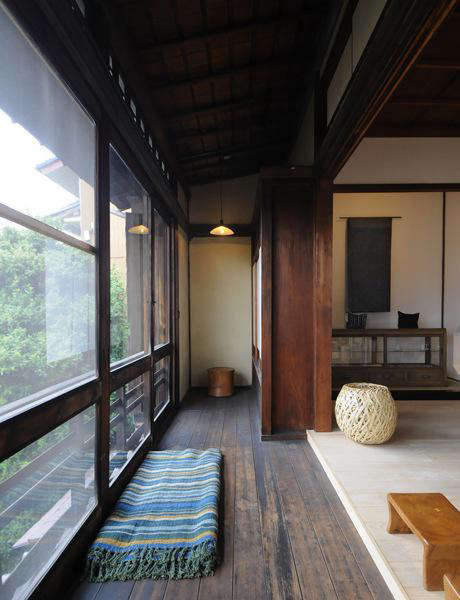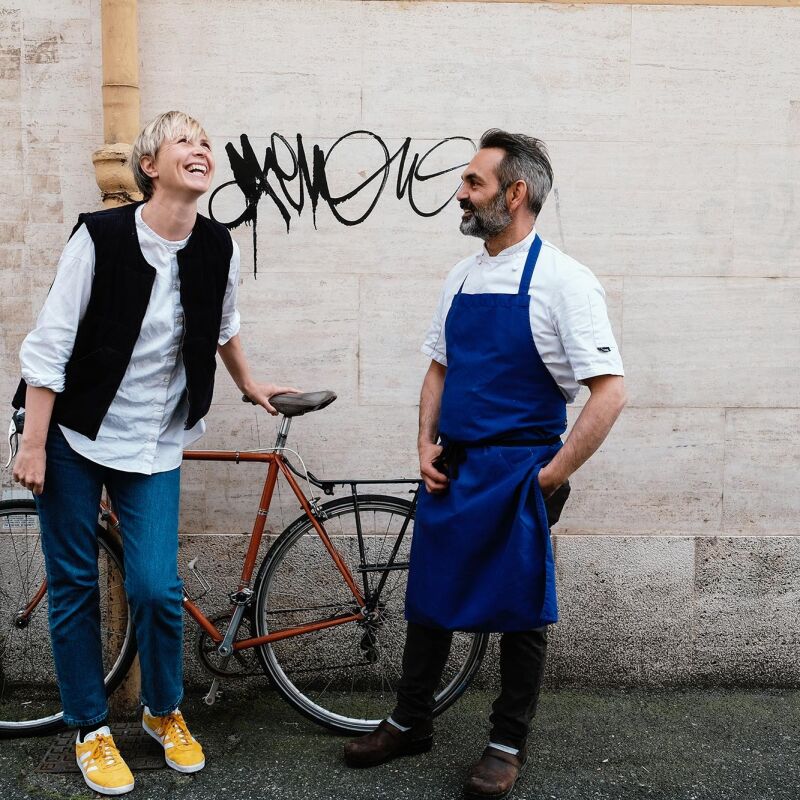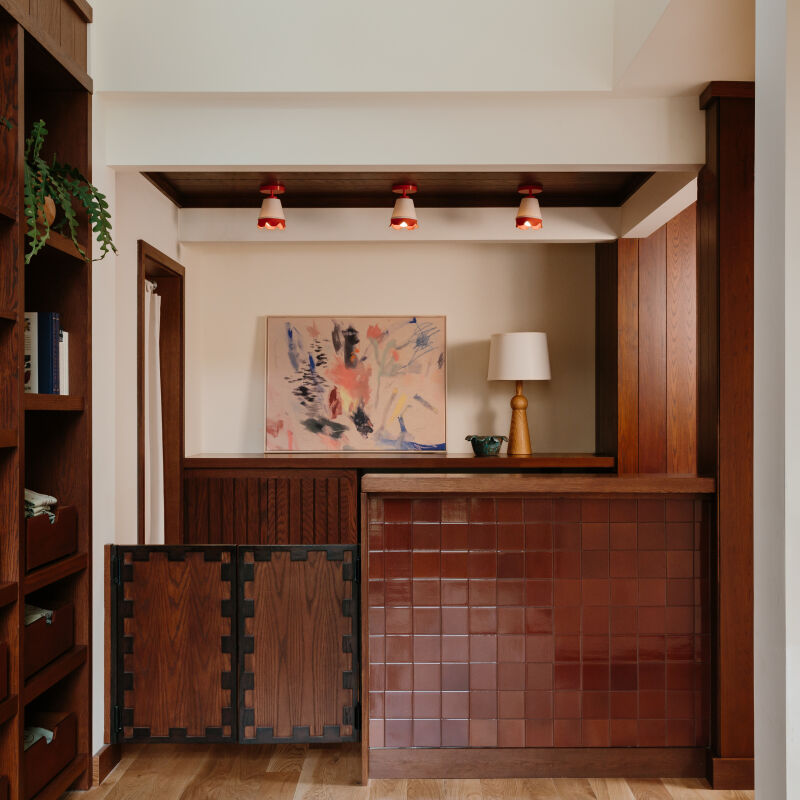Good news for design lovers heading to Japan: one of our favorite online sources, Analogue LIfe, recently opened a small shop in a quiet Nagoya neighborhood. Owners Ian Orglas and Mitsue Iwakoshi collaborated with local designer Yoshiyuki Hibino of Beets to create a serene retail space (it's located a floor above Tsukihiso, a traditional art gallery). Their aim was to retain the traditional look and feel of the Show-era building while giving it a contemporary update. They removed the fusuma (sliding doors) and opened the space, adding a white ash wood floor to contrast with the existing dark wood. What the couple have deftly achieved is an airy space that still retains a traditional Japanese feel; it's all in keeping with their mission: to preserve traditional Japanese crafts and arts while making them culturally relevant in a modern world.
To browse the shop's wares, go to Analogue LIfe.

Above: The garden and the traditional entryway.

Above: Small wooden Kashiwan Bowls by Kihachi Studio are displayed on a wood and glass chest.

Above: The original walls of the house are tsuchi-kabe (mud plastered), a traditional technique used in old houses. For an updated look, the walls were covered with shikui, or traditional Japanese plaster.

Above: Ian and Mitsue preserved the tatami flooring but covered it with beeswax-coated white ash to contrast with the original dark wood beams and flooring.

Above: The engawa—the transitional space between the indoors and the outdoors—is preserved and used as part of the gallery space.

Above: The original tatami mats were preserved, but the traditional brocaded fabric border was removed to create a cleaner, contemporary look and feel. The white walls in the room are the original tsuchi-kabe mud plaster.

Above: Turned stools by George Peterson, commissioned for the opening.






Have a Question or Comment About This Post?
Join the conversation